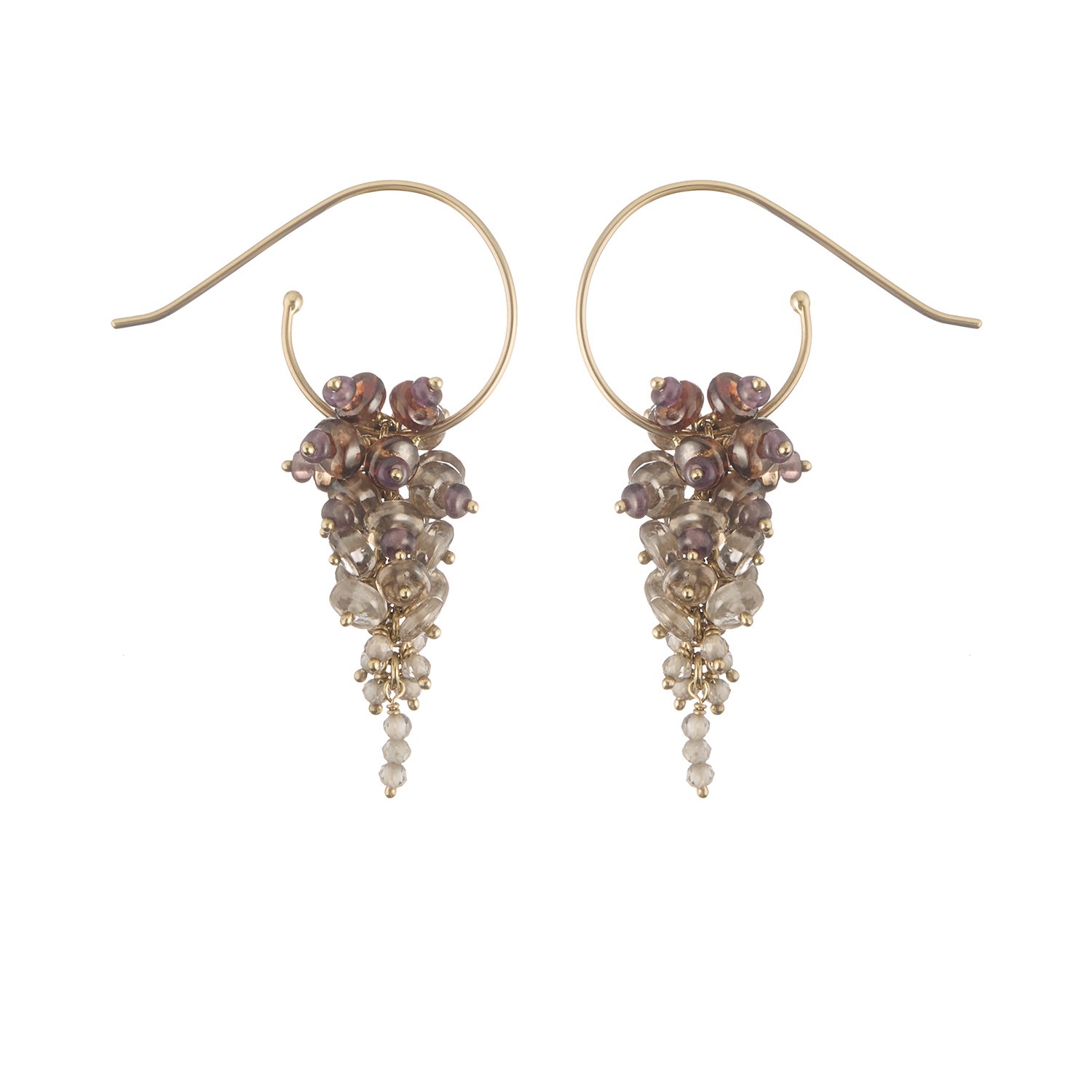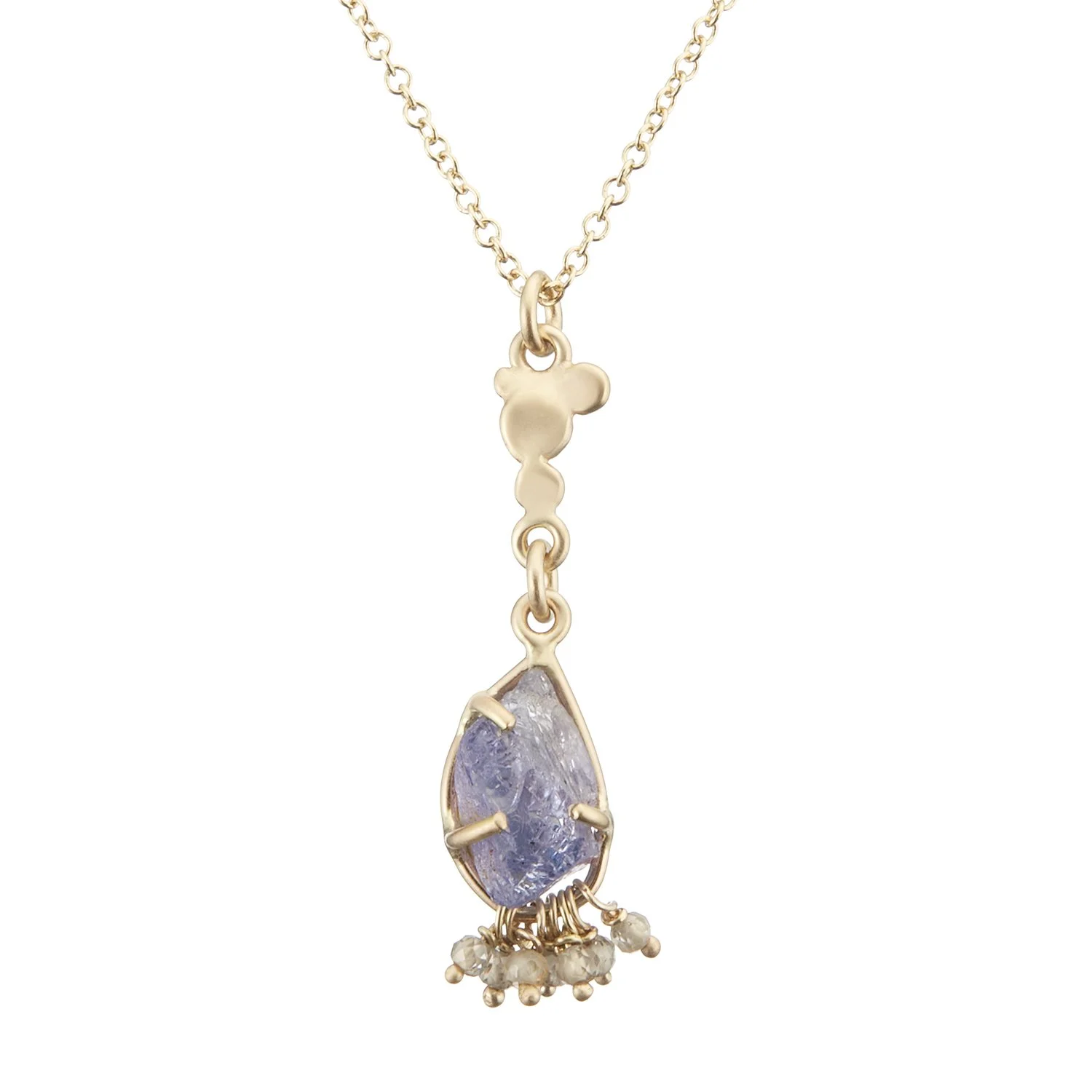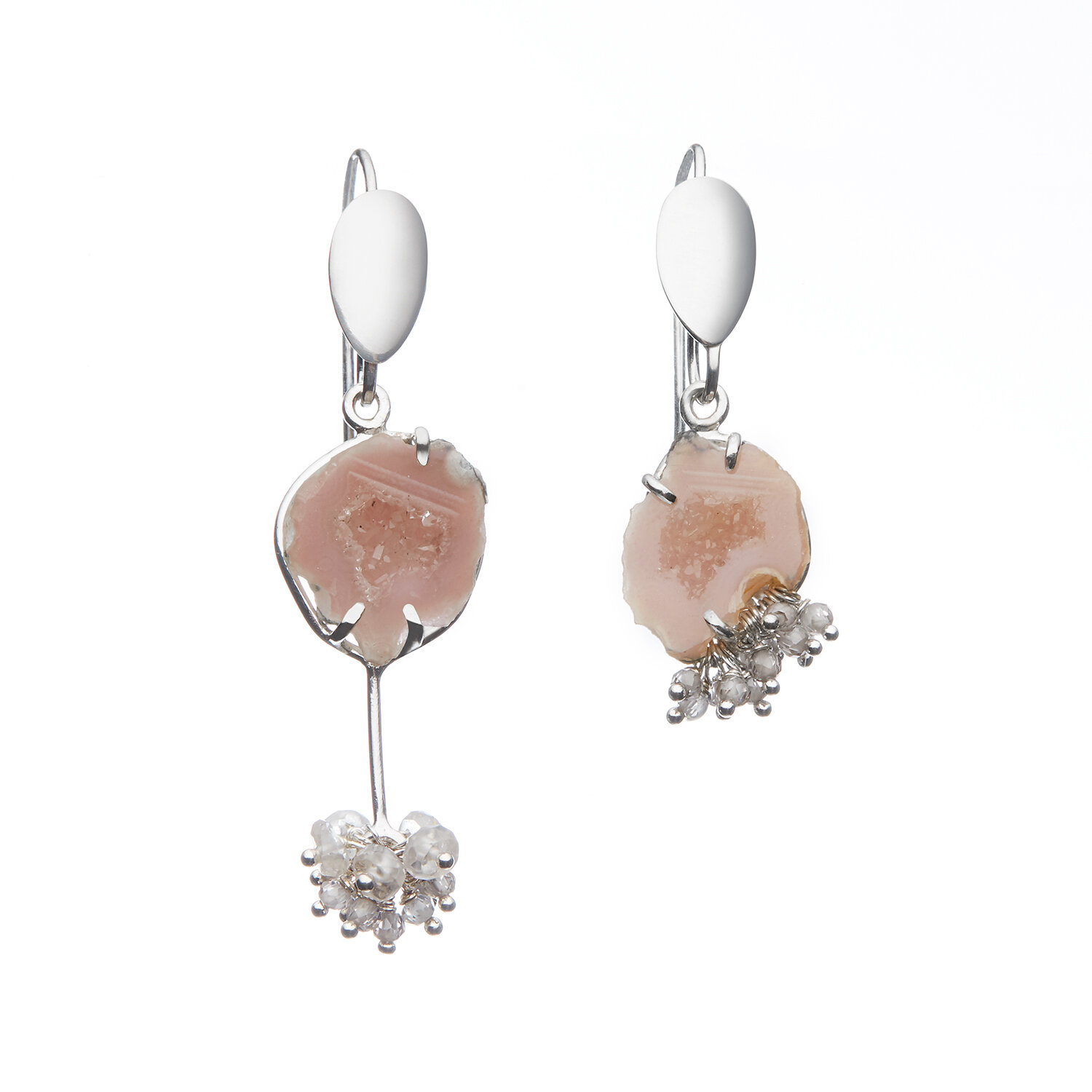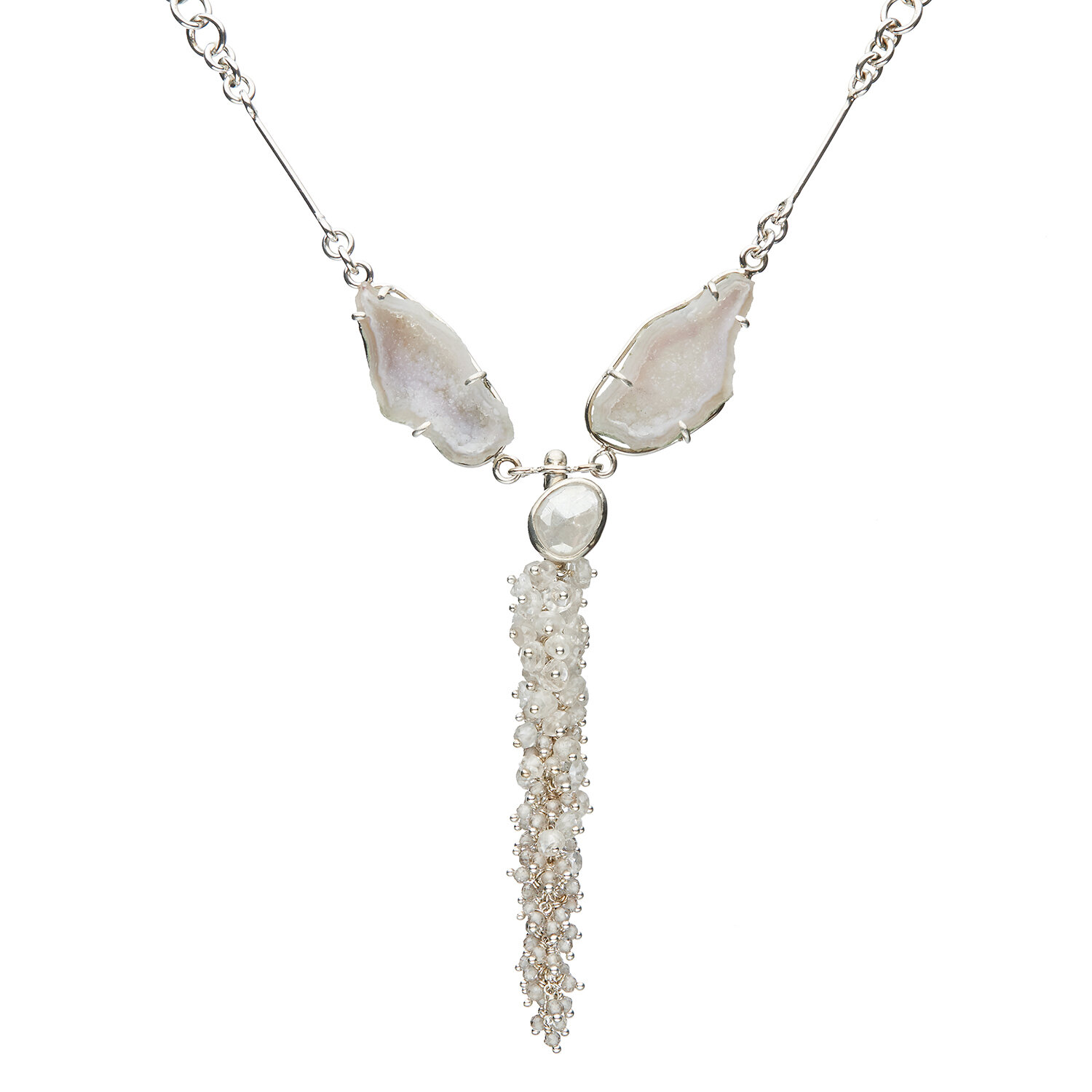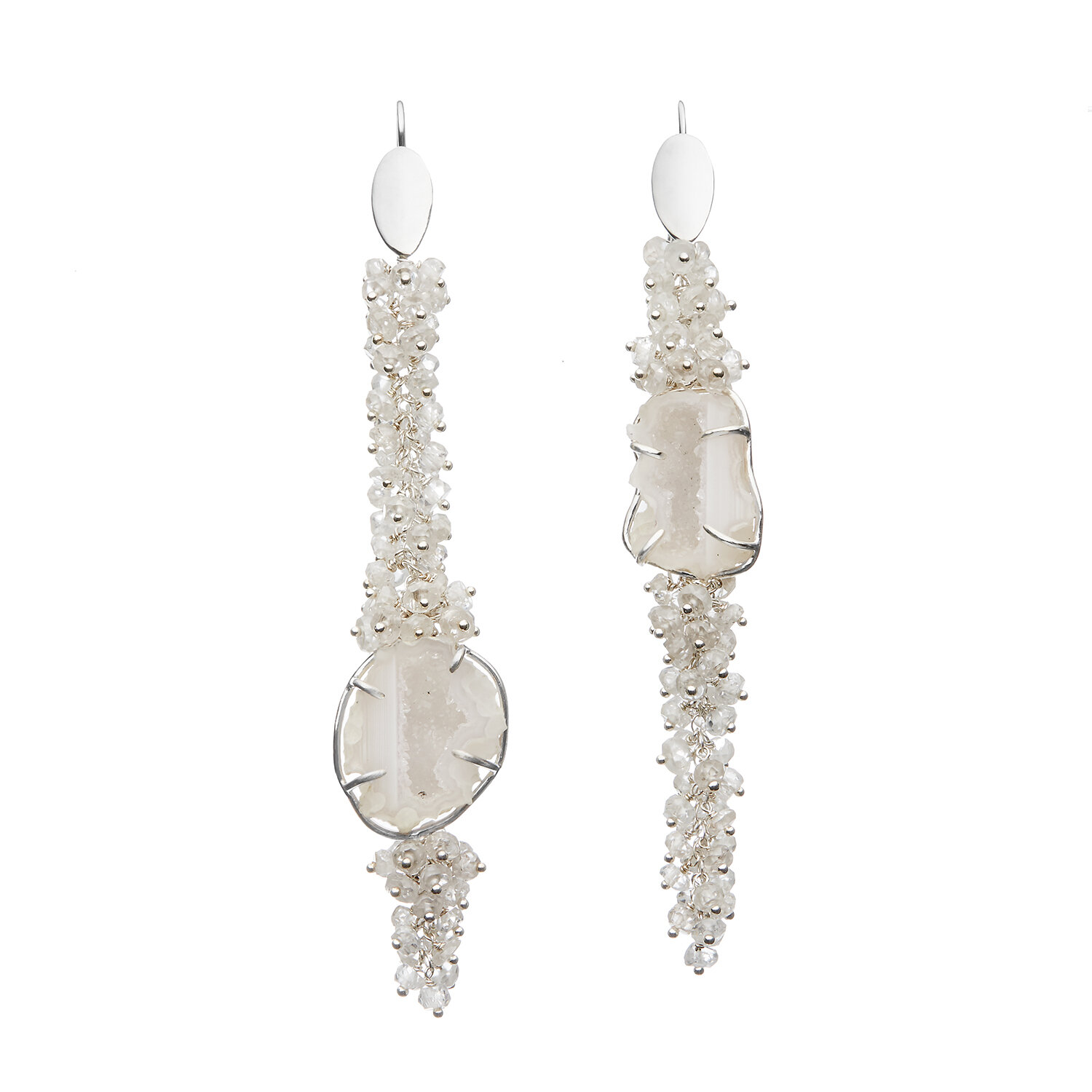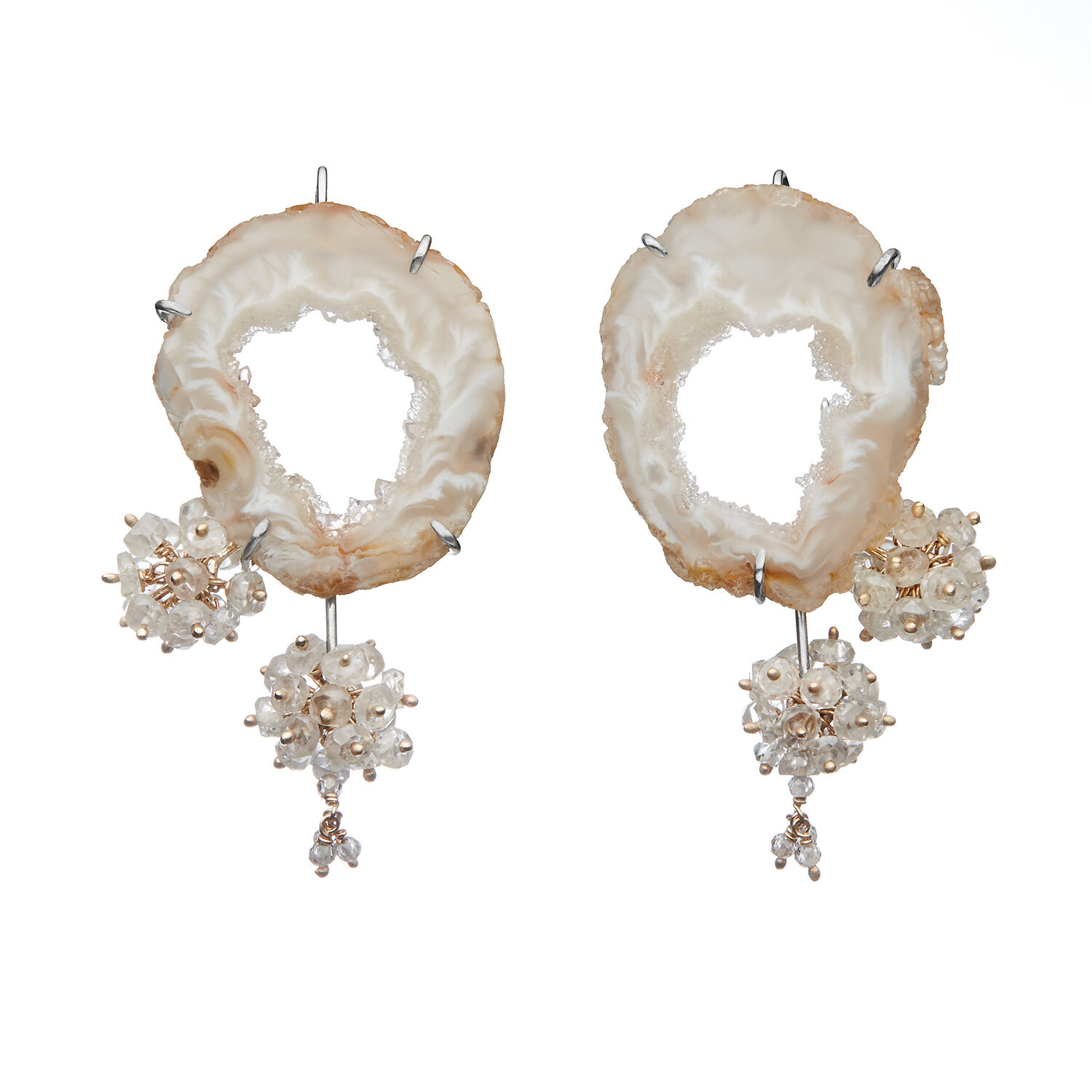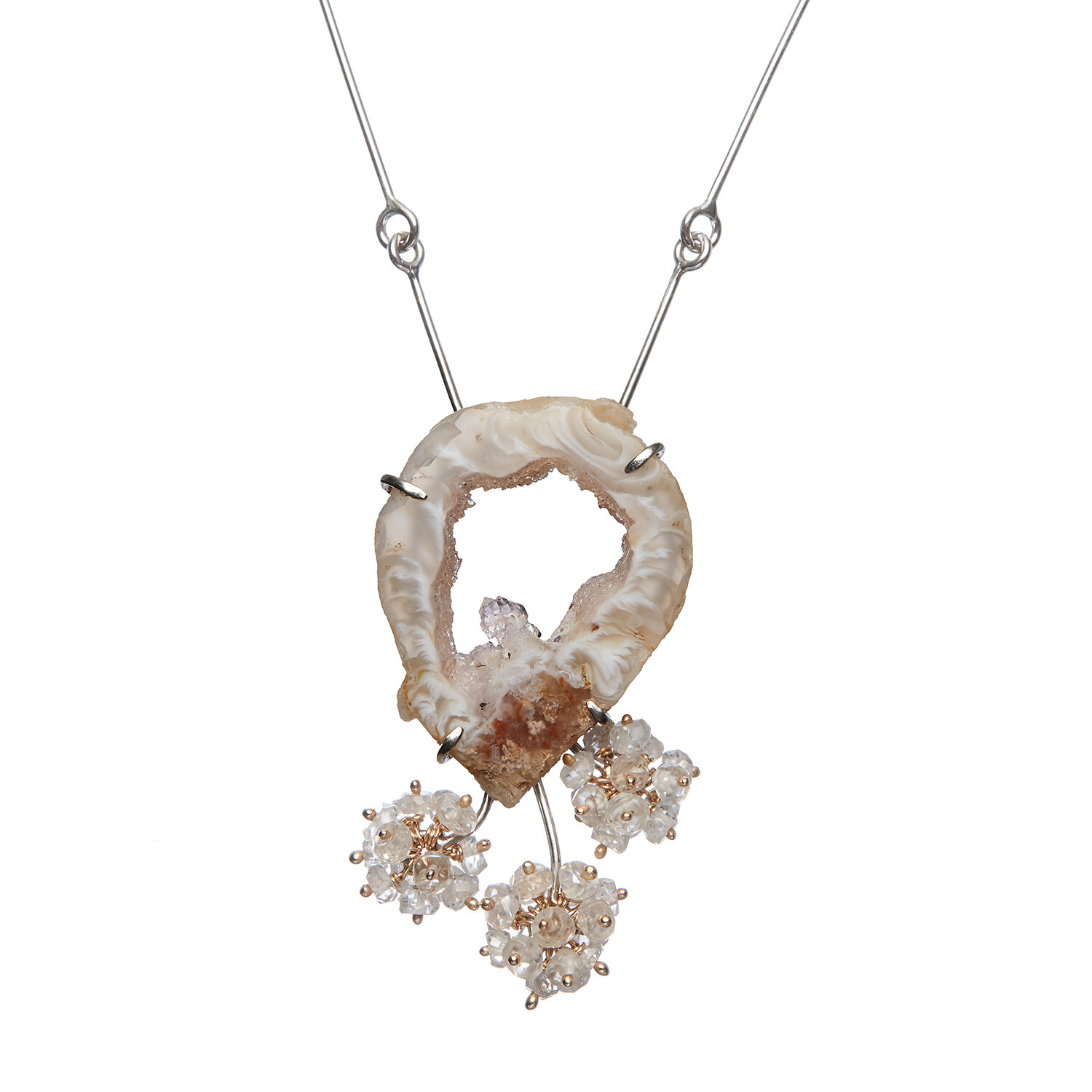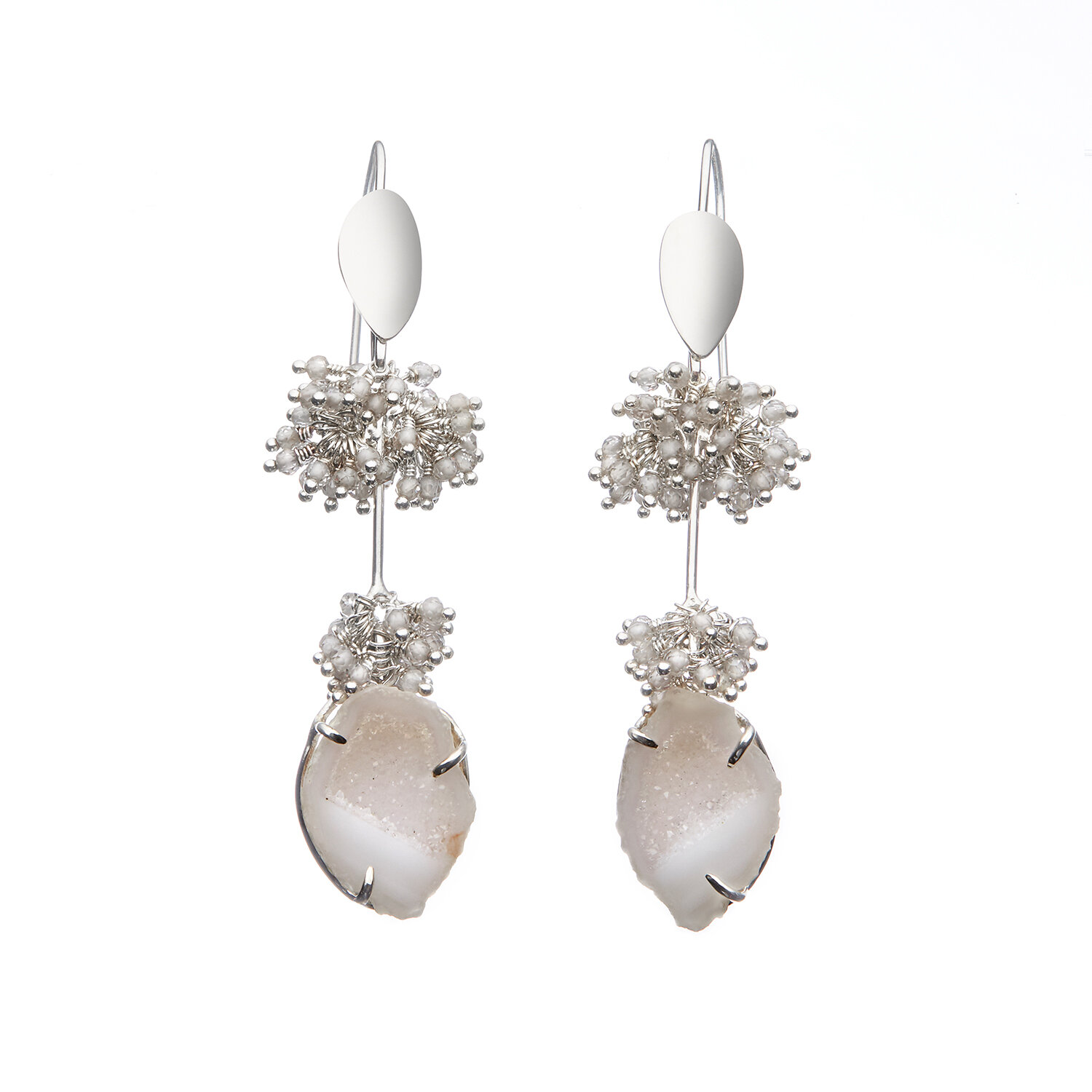Zircon: Ancient Gemstone, Timeless Story
Dozens of strands of faceted champagne zircon beads. Available in a rainbow of hues, zircon is one of the oldest and most abundant minerals on Earth. Photo credit: Michelle Pajak-Reynolds
A Glimmer from the Edge of Time
There’s something about zircon that feels like holding stardust in your hand. The first time I saw a champagne-hued zircon, it caught the light in a way that made my heart beat faster; warm, radiant, ancient. It felt like the gem was telling a story I’d heard before but forgotten.
Zircon isn’t a newcomer. This natural gemstone has been worn, cherished, and believed to hold protective powers for over 2,000 years. The ancient Greeks and Romans called it “hyacinth” or “jacinth,” likening its wine-red and golden tones to the lush petals of the hyacinth flower. In sacred texts, zircon appears in the breastplate of Aaron—twelve stones representing the twelve tribes of Israel. That’s the kind of legacy zircon carries: beauty wrapped in meaning.
A Name Woven with Meaning
Even its name tells a story. Some scholars say “zircon” comes from the Persian zargun, meaning “gold-colored.” Others trace it to the Arabic zarkun, meaning “vermilion.” With zircon’s glowing palette—honeyed golds, burnt oranges, deep reds—I feel both origins are true.
Zircon and the Energy of Letting Go
Zircon resonates with the crown chakra, the energetic seat of wisdom, intuition, and transformation. I think of it as a “quiet reset”—a stone that doesn’t shout but gently nudges. It’s been called a “Stone of Virtue,” and I’ve found that it has a way of helping us let go of what no longer fits, especially emotional weight we didn’t realize we were carrying.
If you’re a Leo, Virgo, or Sagittarius, zircon is said to harmonize especially well with your energy. But I believe anyone drawn to its glow is meant to explore what it has to offer.
A Kaleidoscope in Mineral Form
One of my favorite things about zircon is its color range. Soft champagne, vivid blue, lush green, fire-red—each stone is like a flicker of a different element. Blue zircon is the most popular and often heat-treated to bring out its brilliance (a standard, industry-accepted process). But green zircon? Incredibly rare. And if I find the right one, it will feel like nature left a secret just for us to discover.
And then there’s colorless zircon—so brilliant that for centuries, it was mistaken for diamond. But make no mistake: zircon is a mineral in its own right. Unlike lab-created cubic zirconia, real zircon is born deep in the Earth’s crust. In fact, some zircon crystals are among the oldest things ever discovered—over 4.4 billion years old.
That’s older than the moon.
Caring for Your Zircon Jewelry
Zircon might be ancient, but it asks for a bit of TLC. Here’s how I care for the pieces I create and wear:
Fill a small bowl with warm water and a drop of gentle soap.
Let your jewelry soak for a few minutes, like a mini spa treatment.
Use a soft toothbrush to gently clean around the setting.
Rinse well and lay it on a clean, lint-free cloth to dry.
Store your zircon separately, away from diamonds or sapphires that could scratch it, and away from softer gems like pearls it might scratch in return. Think of it like placing a precious book on the shelf with a silk bookmark: worth the extra care.
Why I Keep Coming Back to Zircon
Zircon reminds me that beauty and strength often arrive quietly. It doesn’t clamor like diamond or dazzle like emerald. It glows. It hums with deep history and quiet magic. When I set zircon into gold, it feels like anchoring starlight: grounding something ancient into the now.
That’s what I love most: zircon isn’t just a gemstone. It’s a story waiting to be worn.
Interested in wearing a piece of Earth’s deep-time memory?
Explore my zircon treasures and find the story that speaks to you.




